Home / Weather CATs / CATs Manuals / Spring & Summer Storm Damages
When You File Your Insurance Claim
What Your Adjuster Will Do for You
Property & Liability Resource Bureau 3025 Highland Parkway, Downers Grove, IL 60515 630-724-2230Introduction
You will be working with your insurance company’s adjuster if you report a claim for damage to your house, condominium, apartment, mobile home, or business. The adjuster may meet you face-to-face at the scene or you may settle the entire matter over the phone. In either case, a skilled adjuster will be helping you financially recover from your loss, as directed by the terms of the policy you have purchased.Severe Thunderstorms
It is the severe thunderstorm that produces the tornado, large hail, and high wind damage to structures, as well as frequent lightning strikes that cause most property damage. All thunderstorms are dangerous. Though small in size, compared to a hurricane for example, they are extremely powerful. The National Weather Service rates approximately 10,000 thunderstorms as severe each season.
Preparation
Read Your Policy
Your insurance policy is a very important financial management tool. It is the contract between you and your insurance company. It explains the amount of your coverage, what is covered, and how the loss will be compensated. It also outlines the steps to follow after a loss and how to settle a dispute between you and the insurer. Knowing what is in your policy is an important part of your financial planning. Pay close attention to perils that are covered. Know exactly what property is being insured. Pay attention to the liability sections of the policy and what coverages are included there. Note the limits of coverage that are applied in some areas and pay very close attention to any exclusion. It is often possible to purchase additional specialized coverage to fill in the gaps between your policy’s limits and exclusions and your financial management needs.
If you have questions about the policy, you should contact your insurance agent for assistance. You should contact your insurance company’s policyholder service department if you purchased your policy on-line or by telephone. You may reach them on the Web or by phone. Be it your agent or the insurance company, you can be assured they welcome all such calls.
Openings in the roof and in siding from hail are rare. If they occur it is best to close them as soon as possible. Keep your personal safety in mind and attempt such a closure yourself only if it can be done with little or no risk. Your insurance policy will likely cover the cost of emergency close up. Contact your agent or claims center to report the damage and seek advice on how to proceed.
Wind
BackgroundThe number two cause of structural damage in a severe thunderstorm is from the so-called straight-line wind. This is wind moving in one direction and not rotating, such as a tornado.
Wind is considered severe when it reaches about 60 miles per hour. Some very severe windstorms can achieve a velocity of 100 miles per hour. Both are dangerous and will cause structural damage.
A form of wind that causes damage approaching that of a strong tornado is the downburst. This is usually in a very concentrated area. It is created by air blasting out of a thunderstorm to the ground beneath the storm cell.
Preventing DamageMinimizing and preventing wind damage to a structure is possible. Roof and siding damage are the two leading types of loss following a windstorm.
Roof damage can be reduced during the construction phase when the roof deck and the shingles or membrane are applied over the decking. A well-designed roofing system will firmly anchor the trusses and decking to the walls and foundation to keep the entire roof from lifting off the building in a strong wind. Roofing material must be properly fastened to the deck. Weakly connected shingles will lift easily from the deck. Siding damage can be reduced at the construction phase as well. Properly fastened siding is less likely to lift off a structure in strong wind. Building codes will likely direct the minimum standards for connections. You, your architect, or your contractor may decide to exceed these minimums for a stronger and more storm resistant structure. Falling trees and tree limbs are another significant type of damage to structures in a windstorm. Tree maintenance to remove dead limbs or identify and remove weakened trees will reduce the likelihood of the structure being damaged.
Mitigating Damage after a Storm
Close any openings made in the structure by the wind. Roof openings and broken windows are the most common problem. Keep a roll of plastic sheeting that can be quickly cut to size and nailed over the opening.
Keep your personal safety in mind and attempt such a closure yourself only if it can be done with little or no risk. Your insurance policy will likely cover the cost of emergency close up. Contact your agent or claims center to report the damage and seek advice on how to proceed.
Falling trees and tree limbs can open a structure with sudden violence. A tree on a structure is a very serious personal and structural safety issue. A tree may look as if it will not shift position. But it can shift and cause serious injury to the unwary. A fallen tree may also mask other very serious safety issues, such as downed electrical wires. The wires may still be live and the tree itself energized. Contact your agent or claims center to report the damage and seek advice on how to proceed.
Tornadoes
BackgroundA tornado is a violent rotating column of air. It originates in a severe thunderstorm as a funnel and dips to the ground. Once on the ground it is a tornado and a highly dangerous storm. About 1200 tornadoes occur annually, according to the National Weather Service. Fortunately most of them are the so-called weak tornado with winds of less than 110 miles per hour. While these will damage structures they cause few deaths. The most violent tornadoes, such as the storm that destroyed a swath of property in Oklahoma City and Moore, Oklahoma, during the 2003 season, are very rare. However they kill the most people and cause landscape clearing, catastrophic structural damage.
Please see the wind section for preventing and mitigating damage from a tornado.
Flooding
BackgroundFlash flooding sometimes follows rain during a severe thunderstorm. This peril is the leading killer of people during the severe thunderstorms. The fatalities occur not in structures, but usually in vehicles and after dark. Drivers under estimate the depth of water, the energy of its velocity, and how easily a vehicle can begin floating in about 24” of water. Structural flooding typically occurs in areas that are known to be flood plains and have been mapped by the National Flood Insurance Program.








